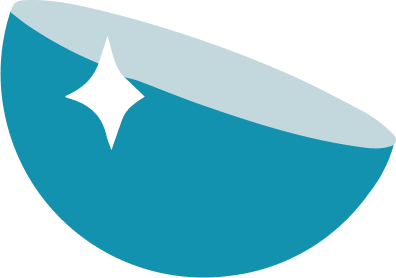
ToriFlex
ToriFlex offers a versatile solution for toric RGP lens fitting, featuring two distinct designs: Bi-Toric and Front-Prismatic Toric. The choice between these designs is determined by the corneal topography and prescription, ensuring a tailored and efficient fitting procedure.
About product
Information
Geometries
ToriFlex Bi-Toric :
- Bi-Toric
- 1 aspherical flattening
- K flat- K steep ≥ 0.40 mm
ToriFlex Front Toric :
- Front Toric Prismatic
- 1 aspherical flattening
- K flat- K steep < 0.40 mm
Parameters
Materials
Discover a wide range of cutting-edge materials meticulously crafted to provide unparalleled comfort and visual clarity with ToriFlex. Whether you desire the higher Dk or the durable and stiff material, our advanced material options offer the perfect balance of comfort, breathability, and durability.
